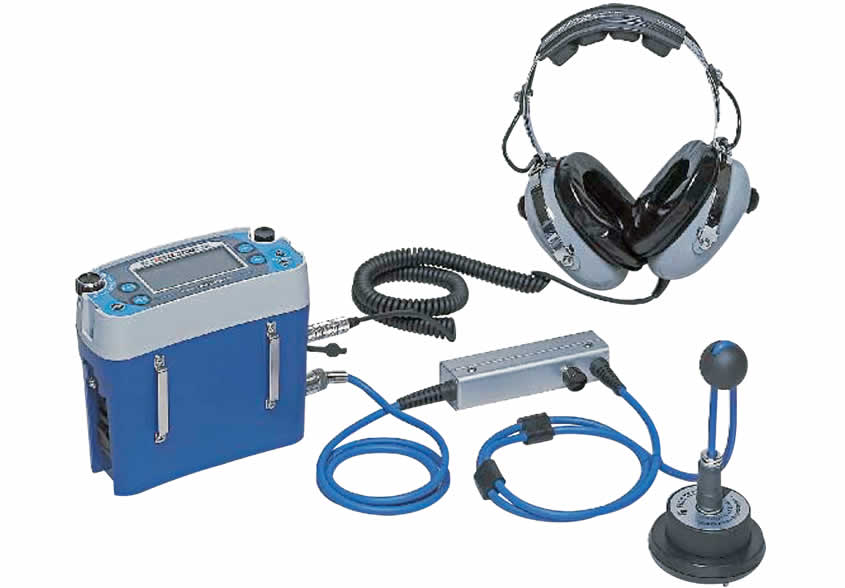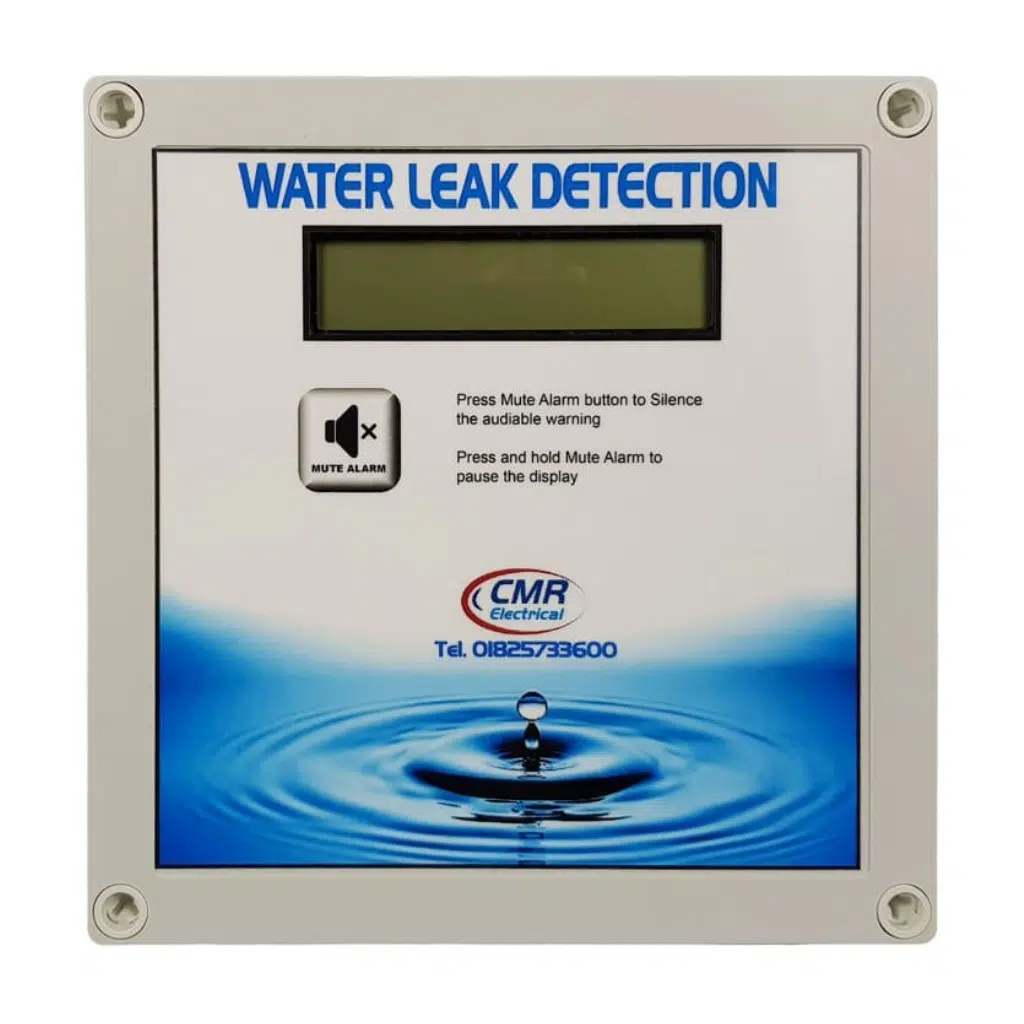Leading Water Leak Detection Methods to Protect Your Residential Or Commercial Property from Water Damage
Leading Water Leak Detection Methods to Protect Your Residential Or Commercial Property from Water Damage
Blog Article
Cutting-edge Solutions for Early Discovery of Water Leaks in Buildings and Framework
From cutting-edge leak detection innovations to the implementation of IoT sensing units for real-time surveillance, the landscape of leakage prevention is developing quickly. Automated water flow analysis systems are reshaping exactly how leaks are determined and addressed, leading the way for a proactive approach to water leak discovery.
Advanced Leakage Discovery Technologies
Advanced leak detection technologies, geared up with advanced sensors and algorithms, play an important function in quickly recognizing and determining water leaks in various settings. These modern technologies use a mix of acoustic, thermal, and electro-magnetic noticing techniques to discover leaks accurately. Acoustic sensing units identify the audio of getting away water, permitting specific localization of the leakage source. Thermal imaging spots temperature level adjustments brought on by water leakage, supplying one more effective approach for leakage identification. Electro-magnetic sensing units can identify changes in electro-magnetic areas caused by water, offering yet an additional layer of leak discovery ability.

IoT Sensors for Real-Time Surveillance
In the realm of contemporary water leakage discovery, the assimilation of IoT sensors for real-time tracking stands for a pivotal improvement in boosting aggressive leak detection abilities. These sensing units use continuous tracking of water supply, providing real-time information on water circulation prices, stress variations, and temperature level modifications. By leveraging IoT modern technology, these sensors can detect also the smallest abnormalities in water usage patterns, making it possible for early identification of possible leakages prior to they rise right into major problems.
IoT sensing units send information to a central system, where sophisticated formulas examine the information and generate informs or notifications when irregularities are spotted. This real-time surveillance ability permits residential property proprietors or center managers to quickly deal with leaks, minimizing water damage, reducing repair costs, and preserving water sources.
Moreover, IoT sensors can be integrated with structure administration systems, enabling automatic reactions to spotted leaks, such as turning off water valves or activating pumps to mitigate the influence of leakages. Overall, the execution of IoT sensors for real-time monitoring dramatically improves the efficiency and performance of water leakage discovery in structures and facilities.
Machine Understanding Algorithms for Leak Forecast

One key benefit of utilizing equipment understanding for leakage prediction is its capacity to continually discover and improve its precision in time. As more information is accumulated and fed into the formula, it can fine-tune its predictions and adjust to altering problems, eventually increasing the integrity of leak detection systems.
In addition, equipment learning algorithms can assist in recognizing subtle indications article of leakages that might go undetected by traditional surveillance approaches. water leak detection. By examining complex information embed in real-time, these formulas can offer very early warnings and signals, enabling punctual intervention and preventive maintenance to minimize potential water damages and associated expenses
Making Use Of Thermal Imaging for Leak Discovery
Thermal imaging modern technology supplies an encouraging approach for identifying water leaks in various systems and facilities. By utilizing infrared radiation and temperature variances, thermal imaging electronic cameras can identify covert leaks that are not quickly visible to the naked eye. When water gets away from pipes or frameworks, it commonly changes the temperature of the bordering location, creating temperature level differentials that thermal cameras can capture. These temperature abnormalities are after that converted into visible pictures, highlighting the precise area of the leakage.
One of the crucial advantages of thermal imaging for leak detection is its non-intrusive nature. Unlike conventional techniques that try here may need burglarizing wall surfaces or floorings to situate leakages, thermal imaging enables non-destructive screening. This not only saves time and decreases costs however also reduces interruption to the building or infrastructure being assessed. Additionally, thermal imaging can promptly check large locations, offering a comprehensive introduction of prospective leak sources in a prompt way. Overall, the use of thermal imaging technology boosts the effectiveness and accuracy of water leakage discovery, making it a useful tool for keeping the stability of structures and infrastructures.
Automated Water Circulation Analysis Equipments
Exactly how can automated water flow evaluation systems reinvent the discovery and administration of leakages in numerous systems and facilities? Automated water circulation evaluation systems provide a proactive strategy to leak detection by continuously keeping track of water circulation rates and patterns. By developing standard data, these systems can swiftly identify inconsistencies that may show a leak, enabling punctual intervention to stop comprehensive damages.
These systems utilize sophisticated formulas to analyze real-time data and give instant signals when anomalies are identified, enabling quick activity to be taken. Additionally, automatic water circulation analysis systems can be incorporated with structure management systems or IoT platforms, improving total efficiency and enabling see remote tracking capacities.
Furthermore, the data collected by these systems can be used for predictive maintenance purposes, helping to identify possible weak factors in the infrastructure before leaks occur. On the whole, the implementation of automated water flow analysis systems can dramatically enhance leakage discovery and monitoring practices, inevitably bring about cost savings, minimized water waste, and enhanced sustainability in buildings and framework.

Verdict
To conclude, the integration of sophisticated leakage discovery modern technologies, IoT sensing units, machine learning algorithms, thermal imaging, and automated water circulation evaluation systems offers innovative services for early detection of water leaks in buildings and infrastructure. These technologies enable real-time surveillance, prediction of leaks, and efficient discovery approaches to avoid water damage and wastefulness. Executing these services can help in keeping the stability and sustainability of water systems in various setups.
Report this page